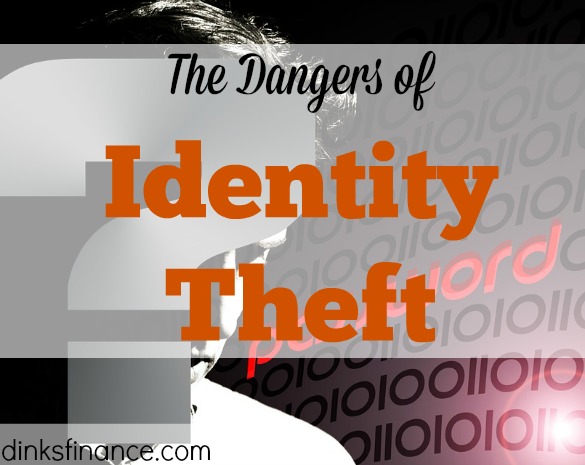 As consumers in North America continue to live on credit, identity theft has become an ever concerning problem.
As consumers in North America continue to live on credit, identity theft has become an ever concerning problem.
According to Word Net the definition of Identity Theft is “The co-option of another person’s personal information (e.g. name, Social Security number, credit card number, and passport) without that person’s knowledge and the fraudulent use of such knowledge.”
Financial Institutions are helping their clients be aware of Identity Theft, as well as the damage it can cause. Citibank has launched a number of television commercials to make clients aware of the services available to us to protect ourselves from fraud. Credit card companies also have several prevention methods which help protect clients from potential fraudulent activity.
Our credit card purchases are monitored by a system that detects unusual activity in our spending habits. I recently bought a new television with my MasterCard to take advantage of the extended warranty. Within 24 hours of my purchase, I was contacted by my Financial Institution to ensure that I processed this transaction.
As you know from previous posts, I am not a huge fan of living on credit. This large transaction at Best Buy was flagged by MasterCard because usually I only buy groceries and gas with my credit card. The transactions on my MasterCard are usually under $125, and then all of a sudden there was a $2000 purchase on the card.
Identity Theft can happen in several different ways such as a stolen credit card, a fraudulent application and a credit takeover. The most common type of identity theft is when our credit cards are stolen. The person pretends to be the cardholder and uses the card to make purchases as if it was theirs. There is no change of personal information or new credit application. The person steals our credit card and makes purchases with it until we report it lost and stolen. This type of fraud does not affect our credit bureau, but it does affect our monthly bill and our minimum payments.
A fraudulent application is when someone steals your personal information and makes a credit application in your name. The information is true, but the person who is filing the application is fraudulent.
A credit takeover is when someone assumes your identity. They claim to be you and then change your contact information and other personal information to their own. They maintain your name and credit score, but they change the address and phone number so that everything is delivered to their name.
Here are 5 ways that we can keep our credit safe:
1) Know your credit score. Order your credit bureau 1-2 times a year to make sure that all information is accurate.
2) Get your bills e-delivered to your inbox. When my MasterCard or Cell Phone bill is ready I receive an email alert. Afterward, I log into the site with my user name and password to view my monthly statement. This prevents someone from stealing your personal information via mail.
3) Keep your Social Security Card and Passport at home. Don’t carry important documents around in your wallet or purse, just in case they are lost or stolen.
4) Enroll in a service that monitors your credit bureau. Flag your credit bureau so that you are contacted each time an inquiry is made or an application is processed. You will receive a phone call or text message to confirm your identity before any new applications are approved. You can inquire about this service with your financial institution, or directly with the credit bureau companies.
5) Advise your Financial Institution when you are traveling. Unusual spending patterns are flagged and often declined by credit card companies, this includes spending outside our geographic location. Contact your financial institution and let them know when and where you will be traveling.
(Photo By Cupcakes2 )



No Comments yet!